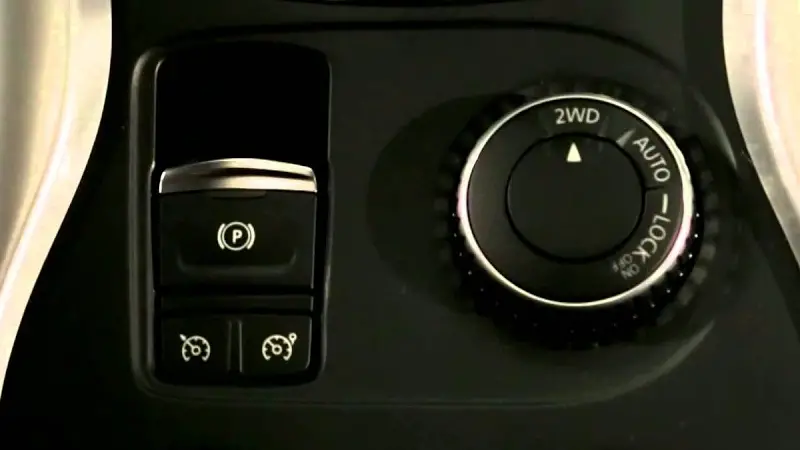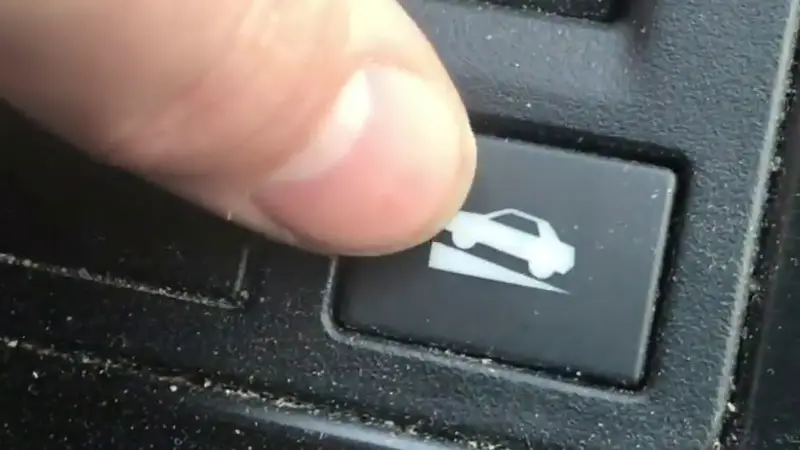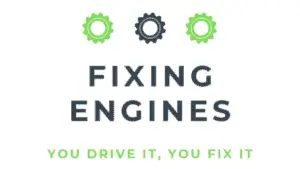Worrying about driving a car in a region with hills can be exhausting. Although I’ve read articles about the hand brake method, I’m nowhere near perfecting it. After conducting some research, I was able to answer the question: Can you install hill assist on a car?
You can install a line lock (which drifters use to lock up their front wheels intentionally), but it must be switched on and off, unlike hill assist. However, I believe you cannot install a full-fledged hill assist system.
Modern cars include built-in hill assist, so you won’t have to worry about your car rolling down the hill the next time you stop. Are you interested in learning more about hill assist, its operations, benefits, and more? Continue reading to learn more.
How Hill Start Control Works

It’s a scenario that every motorist has encountered. You’re driving up a hill, and the light is red, and two or three cars have stopped in front of you.
You depress the brake pedal slightly and come to a stop behind them. Soon after, another car approaches only a few feet behind you.
You release the brake when the light turns green. If you’re driving a manual transmission, you use your left foot to depress the clutch and your right foot to the accelerator pedal.
The only thing preventing your automobile from rolling backward is the engine’s braking force, and even that force is gone if you’re using a clutch. Gravity begins to pull you back down the hill, directly at the bumper of the automobile in front of you.
What are you going to do? Do you slam on the brakes in a panic? Do you allow your car to wander toward the next vehicle in line?
Probably not! After a period spent driving, your reflexes take over. Step on the pedal and gradually accelerate the engine. When operating a manual transmission, you apply the accelerator while releasing the clutch—the automobile advances. Disaster averted!
This circumstance is so commonplace that there’s a strong chance you don’t think about it very often anymore. Nonetheless, you may feel a bit apprehensive in the back of your mind at the first sign of your car sliding backward.
Perhaps there was a moment in the past when you were relatively inexperienced with driving when you didn’t get the car moving quickly enough and ended up in a minor fender collision. And the scenario can get much worse if you’re driving an SUV, a truck, or a car pulling a hefty load.
Accelerating a large truck traveling backward down a hill is challenging; to say nothing of the risk it poses to the vehicles behind it.
Wouldn’t it be good, in this age of computerized driving safety devices, if someone could devise a means to prevent this type of issue from occurring before the motorist had a chance to consider it?
Well, somebody has. It’s referred to known as hill-start control, hill-start assists, or hill holder, and there’s a high possibility that it’s available at a dealership near you.
It’s an excellent addition to the slew of electronic safety and regulatory devices that help keep you and your passengers safe while driving.
Advantages of Hill Start

The benefits of hill-start control are obvious: it makes driving easier and safer in certain situations. After all, no one wants their automobile to reverse down a hill.
There are different potential points of failure in that situation. However, hill-start control is not just for the vehicle’s driver to be equipped with the hill-start system. Additionally, it benefits the traffic behind it.
As a result, there may come a day when all automobiles are equipped with hill-start control and similar safety and regulatory features as standard equipment, only for the sake of public safety. Everyone is concerned about driving safety.
Another benefit of hill-start control is that it reduces wear and tear on other automobile components, such as the handbrake, that would be used to do the same function manually. Additionally, a manual transmission-equipped vehicle eliminates the need to ride the clutch when starting up a hill, resulting in less clutch wear.
Additionally, by keeping the vehicle from rolling backward, hill-start control alleviates strain on the engine and drive train, which would otherwise be required to resist the vehicle’s backward motion in order to accelerate.
Nevertheless, no one would argue that hill-start assist is as critical as seat belts or airbags. An accident that occurs because you could not get your automobile rolling forward quickly enough on a hill is unlikely to be fatal.
However, it could be unless the vehicle rolls backward a significant distance or is a truck carrying a huge cargo.
Nonetheless, scenarios requiring the movement of a vehicle up a hill are significantly more common than deadly collisions. Hill-start control is a feature that can come in handy daily, but you’ll never need to use your car’s airbags.
Hill-start control is one of several specialized safety features available on modern automobiles that are unnecessary for safe driving but can make the driving experience much more joyful and worry-free.
Can You Add Hill Assist to an Older Car?
Installing a line lock is possible, but it must be activated and deactivated manually, unlike hill assist. However, a full-scale hill aid system cannot be installed.
Do All Automatic Cars Have Hill Assist?

Many of today’s automatic vehicles have hill start assist as standard features. You won’t go backward if you do this. Put the automobile in drive and do your tests before proceeding.
Why am I required to learn how to perform a hill start?
If you live in an area with hills, this function will be necessary. But, unless you intend to drive exclusively on flat roads, you will ultimately have to perform a hill start – it is an acknowledged part of regular driving.
The hill start is part of the practical driving test as well. Your examiner will request that you pull over to the side of the road and then pull away again, including standard roadside stops, pulling out from behind a parked car, and a hill start. Additionally, you may be required to conduct an emergency stop.

